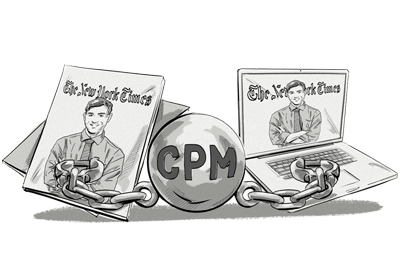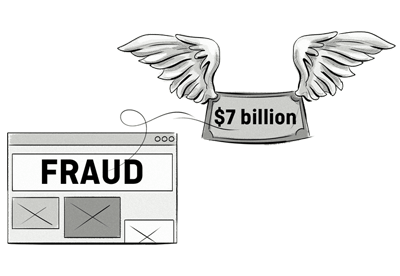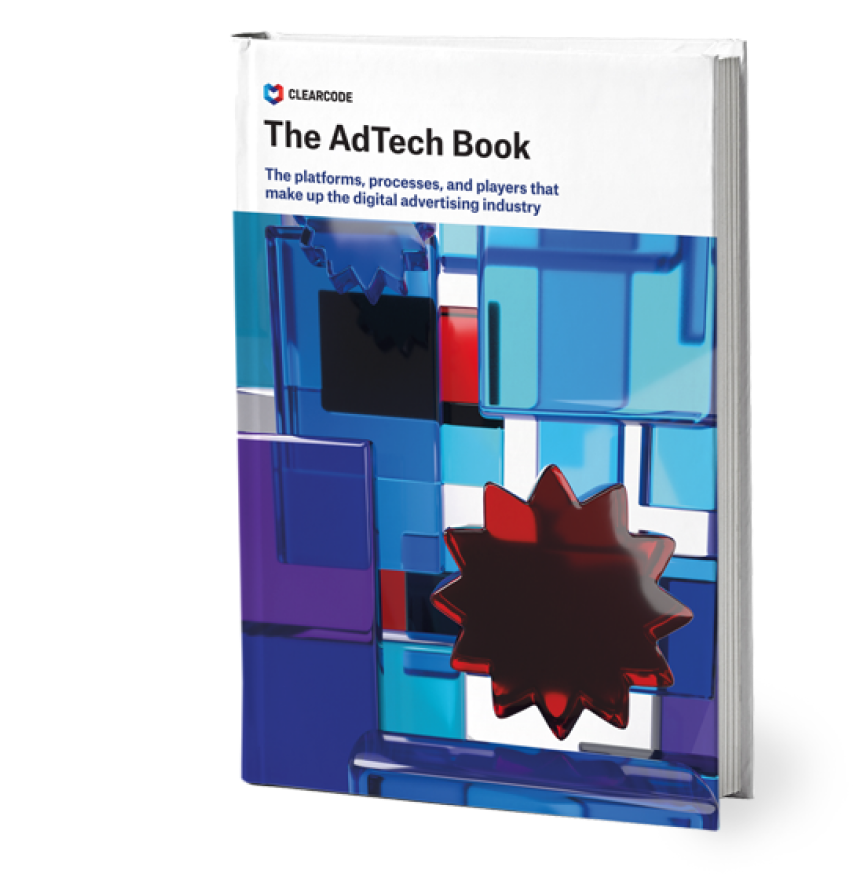How long will you spend reading this article? Do you usually watch an entire video advertisement on YouTube without skipping over the end?
The answers to these questions revolve around engagement — something important to advertisers and marketers, but also difficult to measure.
Engagement is at the center of a new movement in digital advertising to buy and sell online ad inventory where time is the measurement of value and price.
This model is called time-spent and is measured in terms of cost-per-second (CPS) or cost-per-hour (CPH).
What does time-spent work?
Up until now, ads on the internet have been bought and sold largely in the same way that they were in traditional print media. Brands contracted with publishers to sell a certain number of ads (impressions) in certain places. Because of the large volumes involved, rates were (and often still are) calculated in thousands producing the cost per thousand (CPM) metric .

This holdover approach was complemented, of course, by additional measurements unique to the digital environment – Cost Per Click (CPC) as well as the more general Cost Per Action (CPA).
As the volume of inventory increased with the rapid expansion of the internet, advertisers looked to gain more control over their ad spend,and most importantly, over the measurable value of the media they bought. This lead to the rise of the “viewable impression” measurement.
Now, with the Financial Time’s announcement in May of last year that it is partnering with Chartbeat to begin selling premium inventory on a “per-hour” basis, there is a new way of doing business.
How does it work? Because time-spent is a relatively new concept, there are several different methods of implementing it.
In the case of the FT, advertisers pay for blocks of time and are only charged with their creatives are viewed for at least five seconds. Another approach, promoted by vendors such as Webspectator and used by clients such as Time, Inc. Hearst and Condé Nast, is to use a “guaranteed time slot” (usually in increments of 20 seconds) to make sure that an ad is actually viewed.
Why should we care?
Some might say that one more set of numbers doesn’t make that much difference. But there are two very important reasons why the time-spent method is very important for the advertising industry.
Engagement
Buying and selling content according to the number of impressions served would seem like a straightforward method – one that makes measuring ROI simple.
And therein lies the problem – it is just too simple.
Treating every impression exactly the same (as CPM does) – no matter who the advertiser is, how an ad is designed, much less how high or low its quality – denies the complex nature of internet users’ engagement with the content they see. The viewable impression metric isn’t much better.
The result of these methods, with their emphasis on volume and combined with the efficiency of programmatic advertising technology, is that internet users can be completely inundated with ads. How do they react? By tuning out – or worse – installing ad blockers.
For this reason, a more “engagement-centred” approach to advertising is almost essential.
Fraud
The second impetus for adopting a time spent metric is the on-going battle against digital ad fraud. The issue is serious as some estimates indicate that advertisers are set to lose over $7 billion to ad fraud in 2016.

Some advances have already been made to combat the work of ad bots. Keeping an eye on suspicious traffic sources, plugging holes in legacy browsers and advanced analytics have all helped. But the bad guys keep developing too.
Measuring time spent on websites – as a stand-alone analytics metric – is one of the leading indicators that a visitor is human and not machine-generated. Now by transferring the time element to the entire process of ad serving, advertisers can hope to get even more control over their ad spend.
Will time-spent metrics drastically change AdTech?
Given the general ineffectiveness of the out-dated CPM model and the growing pressure to put customer engagement and experience first in digital marketing, time-spent has the real potential to shake things up:
- Reduced inventory: Following the guaranteed time slot model, creatives will have to be viewed for longer than the viewable impression standard of 1 second, meaning that even after moving to a new page, a site visitor will see the same brand’s ad. This could seem bad for publishers, but by reducing supply and putting a greater emphasis on value, it can end up benefiting them.
- More emphasis content quality: When ads start being sold based on the amount of time they are viewed, the issue of placement and context becomes even more important. Creatives placed alongside high-quality, long-form text and premium video (think viral clips on YouTube or Facebook Live) will most certainly be in high demand.
- More complex analytics and programmatic solutions: When it comes to measuring effectiveness and calculating ROI, there will need to be an improvement in the tools advertisers and marketers use. This can require new development of audience segmentation features in DMP’s, ad servers that match publisher’s content with contextually relevant creatives and new processes for RTB ad exchanges.
- New approaches to digital marketing: As advertisers adjust to the shift in paradigm, they may find themselves rethinking their campaigns in general. If potential customers are exposed to ads for a guaranteed length of time – which would result in a significant increase in brand awareness – the whole structure of the conversion process may need to be rethought.
While there is not likely to be a overnight revolution in AdTech because of CPH and “guaranteed time slot” media-buying and -selling, it’s quite possible that more and more publishers will choose to use this model forcing several adjustments from advertisers but also providing them with a range of advantages.
Extracts from this post originally appeared on MediaPost.
Questions, queries, comments?
Join the conversation about this post on Facebook, Twitter, and LinkedIn.







